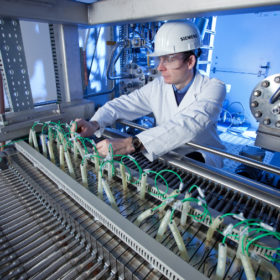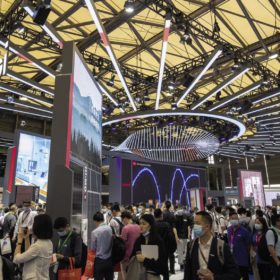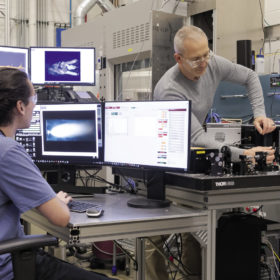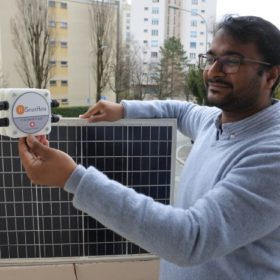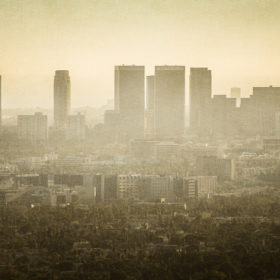India, Spain sign green hydrogen MoU
The Hydrogen Association of India (HAI) and the Spanish Hydrogen Association (AeH2) have signed a Memorandum of Understanding (MoU) to foster cooperation and collaboration in the field of green hydrogen.
“Battery energy storage market in India is on the cusp of unprecedented growth”
The next five years will witness a transformative shift in India’s energy landscape, positioning the country as a global leader in energy storage innovation, says Saurabh Kumar, vice president-India, GEAPP (Global Energy Alliance for People and Planet), in an interview with pv magazine.
Schneider Electric opens new campus in India
Spread across 6.3 lakh sq.ft. and built with an investment of INR 200 crore (EUR 22 million), the new campus in Bengaluru will host a global innovation hub, training center, R&D center, skill center and digital hub with a capacity to accommodate over 8,000 professionals.
India, Denmark to fund joint R&D projects on green hydrogen fuels
The Department of Science & Technology, Government of India, and the Innovation Fund Denmark (IFD) have collaborated to fund Indian and Danish researchers on the joint development of green fuels including green hydrogen.
The long read: SNEC’s solar trends in 2021
All eyes are drawn to China every year for SNEC, the world’s biggest solar PV expo, as it invariably features a large number of new products from the key Chinese manufacturers. Vincent Shaw was on the scene in Shanghai this year and took the opportunity to take the industry’s pulse.
The long read: A new era for battery materials
Every year, chemical and energy companies produce $15 billion worth of commodities such as carbon black, silicon oxide, and aluminum oxide, for manufacturing purposes. Engineers do this by pumping chemicals into a flame and collecting material formed in the fire, in an approach known as flame spray pyrolysis. This approach, according to scientists at Argonne National Laboratory, has the potential to create more advanced materials for use in next-generation storage batteries.
India and Israel to work together on perovskite solar cells and lithium sulfur batteries
Low-cost batteries and novel perovskite materials are among the topics selected for joint research and development.
Indian-led start-up raises Swiss funding for solar diagnostic tool
Swiss-based SmartHelio claims to have witnessed a near 200% jump in demand for its deep-data driven solar asset management solution, which plugs into solar panels or energy storage systems. Sales of the internet-of-things enabled, cloud product have leapt in the last six months.
The long read: Scientists at Argonne develop new kind of thermal battery
Scientists at the U.S. Department of Energy’s (DOE) Argonne National Laboratory have developed a new kind of thermal battery that can greatly increase the energy efficiency and cost-effectiveness of many industrial processes and shows great promise for use in the solar industry. Liz Thompson reports that Argonne’s Thermal Energy Storage System (TESS) can rapidly capture and store surplus heat so that it can be used as needed. With its pioneering modular design and material advancements resulting in greater efficiency, TESS is a big step forward in thermal battery technology.
Delhi lockdown has seen solar irradiation rise
Scientists measuring air pollutants and PV performance in the city have found the lockdown conditions imposed since late March have brought about a significant reduction in air pollution which has led to an 8% increase in solar irradiation reaching rooftop arrays.



